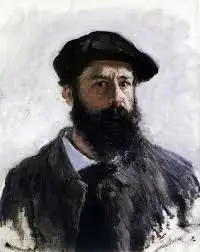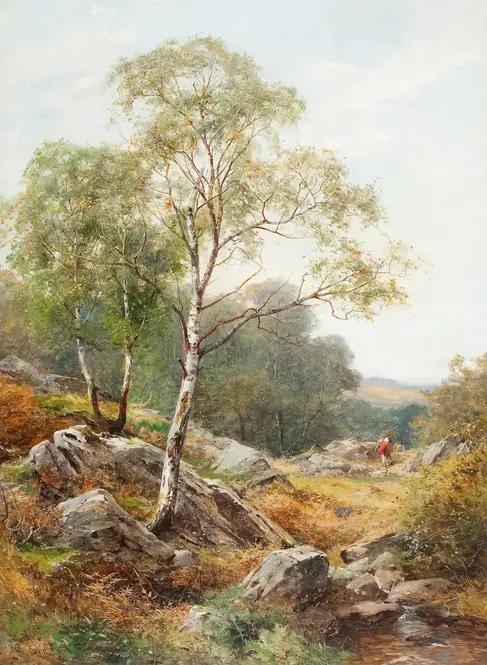Claude Monet’s ‘Camille on the Beach in Trouville’ captures a fleeting moment of leisure, where his wife Camille stands gracefully against the backdrop of a windswept shoreline. The brushstrokes are loose yet deliberate, blending the sky and sea into a hazy dreamscape that feels alive with motion. Sand seems to shift underfoot, and the breeze almost rustles Camille’s dress—Monet’s genius lies in making stillness feel dynamic. There’s an intimacy here, not just in the subject but in the way light dances across the canvas, as if the artist painted with the sun itself.
What fascinates is how Monet turns a simple seaside scene into a study of contrasts: the solidity of Camille’s figure against the fluidity of nature, the warmth of her parasol against the cool blues of the horizon. Trouville wasn’t just a backdrop—it was where the Monets escaped Parisian life, and that sense of quiet freedom seeps into every stroke. The painting doesn’t shout; it whispers secrets about time, marriage, and the way places shape memories.


-full.webp)
-full.webp)
-full.webp)

 (circa 1912)-full.webp)

-full.webp)
-full.webp)
-full.webp)